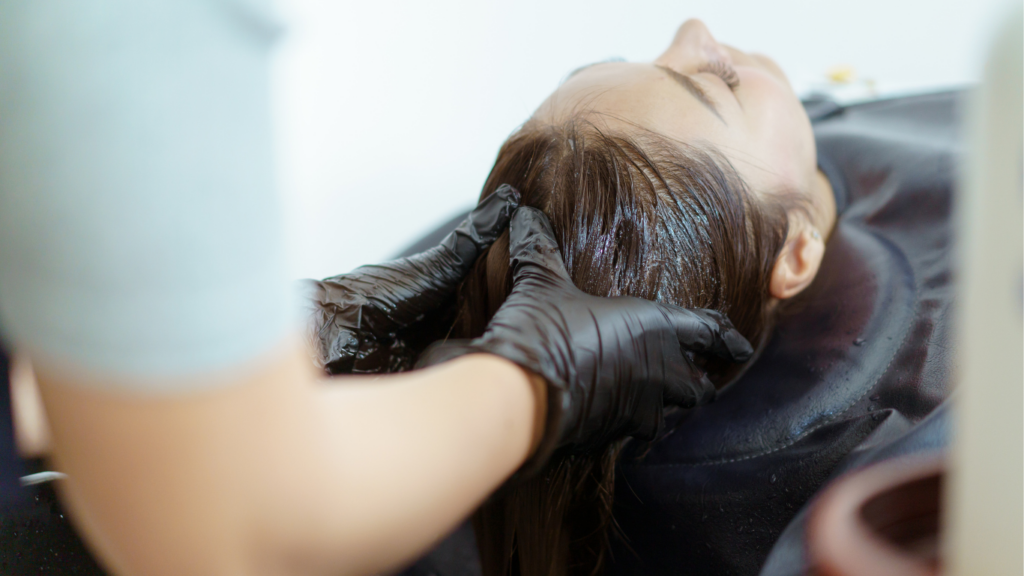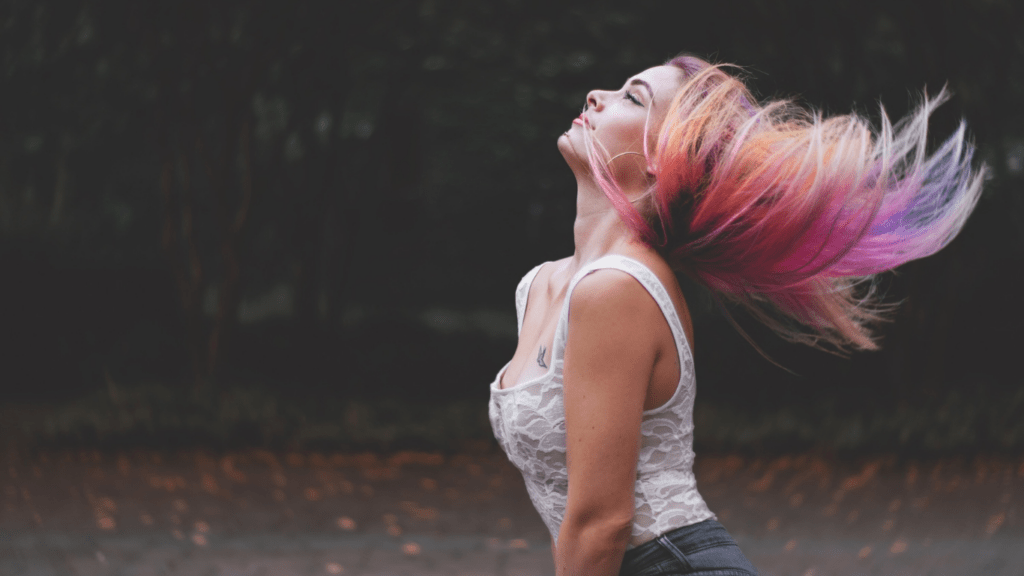Understanding Hair Damage
Healthy, stylish hair can coexist without compromise, but understanding hair damage is crucial. Recognizing the causes and signs helps in taking proactive measures.
Common Causes of Hair Damage
Damage stems from various sources:
- Heat Styling Tools: Devices like flat irons, curling irons, and blow dryers deplete hair’s natural moisture, leading to dryness and brittleness.
- Chemical Treatments: Procedures, such as coloring, perming, and relaxing, alter hair’s structure, making it vulnerable to breakage.
- Environmental Factors: Sun exposure, pollution, and chlorine disrupt hair’s protective barrier, causing dryness and split ends.
- Poor Hair Care Practices: Over-brushing, tight hairstyles, and harsh shampoos strip hair of essential oils.
- Dietary Deficiencies: Lack of essential nutrients like vitamins A, C, and E, and minerals like zinc and iron weakens hair.
Signs of Damaged Hair
Identifying damage early is key:
- Dryness and Frizziness: Hair feels rough and unmanageable due to lack of moisture.
- Split Ends: Tips of the hair fray and split, signaling breakage.
- Dullness: Loss of natural shine indicates damage to the hair cuticle.
- Hair Breakage: Frequent snapping or short broken pieces of hair.
- Thinning: Reduced hair density or visible scalp spots.
- Unruly Texture: Unusual coarseness or tangling in previously smooth hair.
Recognizing these signs can guide proper care and preventive strategies to maintain healthy, stylish hair.
Choosing the Right Products

Selecting the right hair products helps maintain a stylish look without causing damage. It’s important to use products suited for your hair type and styling routine.
Sulfate-Free Shampoos
Sulfate-free shampoos clean hair without stripping its natural oils. Sulfates, common in many shampoos, can cause dryness and irritation by removing essential moisture from the scalp. Opt for products labeled as sulfate-free to preserve hair’s natural hydration and reduce frizz. For instance, brands like SheaMoisture, L’Oréal EverPure, and Briogeo offer sulfate-free options designed to maintain a healthy balance in your hair.
Heat Protectants
Heat protectants shield hair from the damaging effects of styling tools like flat irons, curlers, and blow dryers. These products create a protective barrier that minimizes heat penetration and reduces moisture loss. Applying heat protectant sprays or creams before styling preserves hair’s strength and shine. Popular heat protectants include Tresemmé Thermal Creations, CHI 44 Iron Guard, and Kenra Platinum.
Gentle Hair Brushes
Gentle hair brushes prevent breakage and reduce stress on hair strands. Brushes with soft, flexible bristles, like those made of boar or nylon, glide through hair smoothly, detangling without pulling or snagging. Denman Brushes, Wet Brush, and Mason Pearson are examples of hairbrushes designed to be gentle on hair while effectively detangling and styling. Using these brushes lowers the chances of breakage and keeps hair looking healthy and sleek.
By integrating sulfate-free shampoos, heat protectants, and gentle hair brushes into your routine, you can style your hair while minimizing damage and promoting overall hair health.
Safe Styling Techniques
Maintaining a stylish look without damaging your hair is possible by following these safe styling techniques.
Air Drying vs. Blow Drying
Air drying keeps hair healthier by avoiding heat exposure. If time permits, opt to air dry your hair after washing. Towel-dry to remove excess water, then let your hair dry naturally. Blow drying can cause damage when used frequently. If you must blow dry, use a heat protectant spray and set the dryer to a low heat setting. Keeping the dryer 6 inches away from your hair and moving it constantly helps reduce damage.
Using Flat Irons and Curling Wands
Flat irons and curling wands can create sleek styles but can harm hair if misused. Always apply a heat protectant serum before styling. Set the temperature on your flat iron or curling wand to the lowest effective setting. Limit usage to special occasions or twice a week to minimize heat exposure. When styling, avoid going over the same section multiple times to prevent breakage and split ends.
Non-Heat Styling Methods
Non-heat styling methods preserve hair health. Try braiding your hair overnight for natural waves. Use foam rollers or hairpins to create curls without heat. Styling gels and mousses can help maintain shape and volume. Choose wide-toothed combs for detangling to avoid breakage. Incorporate these non-heat styles into your routine to prevent damage while keeping your hair looking stylish.
Tips for Daily Hair Care
Daily hair care is crucial for maintaining hair health and avoiding damage. These tips help ensure your hair remains strong and vibrant.
Reducing Wash Frequency
Washing hair too often strips away natural oils. Limit washes to 2-3 times a week. This retention of oils helps keep your hair moisturized and reduces frizz. Dry shampoo can extend the time between washes by absorbing excess oil.
Proper Hair Conditioning
Condition hair every wash to maintain moisture. Apply conditioner from mid-length to ends. Avoid the scalp to prevent greasiness. Let it sit for 2-5 minutes before rinsing. This method ensures even distribution and better hydration.
Using Hair Masks
Use hair masks once a week for extra nourishment. These deep-conditioning treatments penetrate the hair shaft, providing intensive hydration and repair. Look for masks with ingredients like argan oil, keratin, or coconut oil for best results. Apply after shampooing and leave on for 10-15 minutes before rinsing thoroughly.
By following these tips, you can protect your hair from daily wear and tear, ensuring it looks and feels its best.
Expert Advice on Hair Maintenance
Maintaining healthy hair requires diligence and the right techniques. Discover expert tips on regular trimming, scalp health, and proper nutrition for healthy hair.
Regular Trimming
Regular trimming prevents split ends, which can travel up the hair shaft and cause more damage. I recommend getting a trim every 6-8 weeks to maintain your hair’s health and prevent significant breakage. Even if you’re growing your hair out, trimming the ends can promote growth by ensuring the strands remain strong and healthy.
Scalp Health
Healthy hair starts with a healthy scalp. Ensure you keep your scalp clean and free from buildup. Use a gentle shampoo and massage your scalp to increase blood circulation, which promotes hair growth. Avoid over-washing your hair to maintain the scalp’s natural oils, and rinse thoroughly to remove any product residue. Scalp treatments, such as exfoliating scrubs and nourishing oils, aid in maintaining its health and vitality.
Nutrition for Healthy Hair
Diet plays a crucial role in hair health. Include vitamins and minerals such as biotin, vitamins A and E, iron, and omega-3 fatty acids in your diet. Foods like eggs, spinach, salmon, and nuts provide essential nutrients that support strong, vibrant hair. Hydrate adequately, as water is essential for overall health, including hair moisture and elasticity. If your diet lacks these nutrients, consider consulting a healthcare professional about supplements to ensure your hair gets the nourishment it needs.

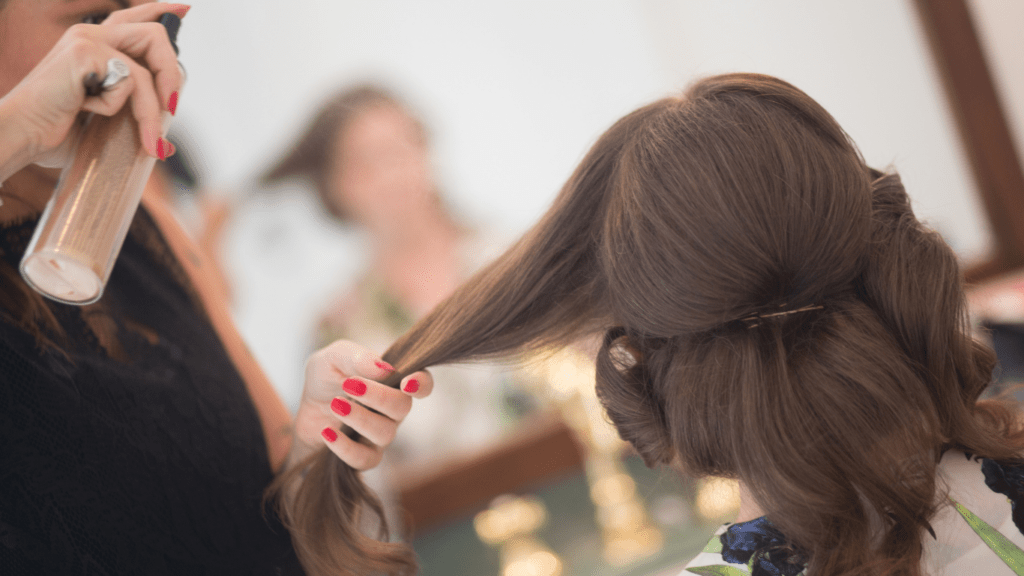
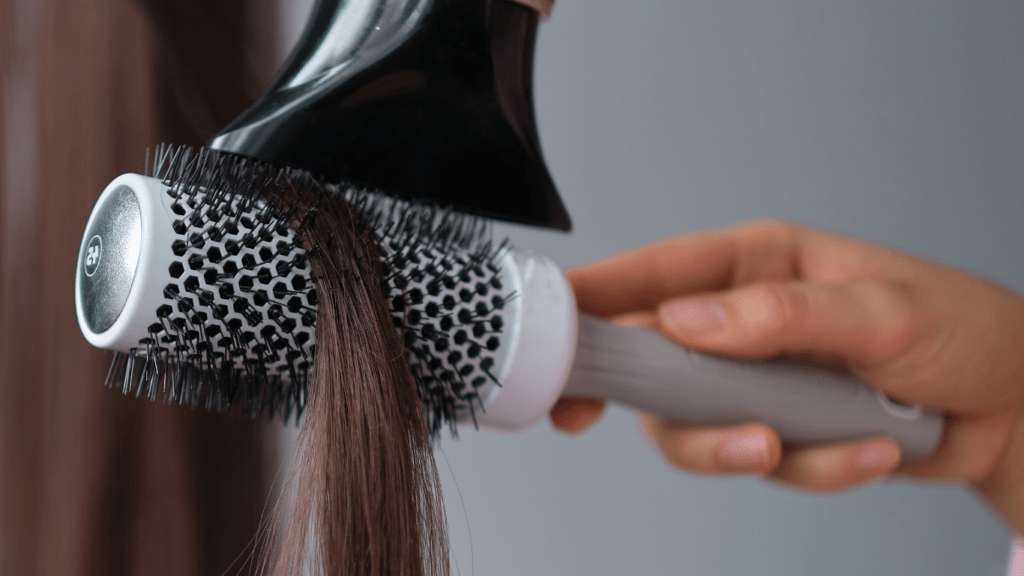
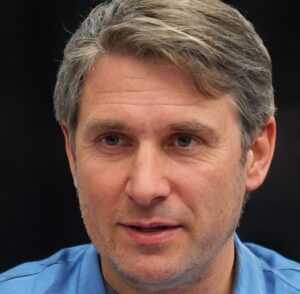 Bonnie Brown is an expert in holistic wellness with over a decade of experience in natural health and skincare. She has dedicated her career to helping individuals achieve radiant health through plant-based solutions and mindful self-care practices. Bonnie is passionate about blending ancient traditions with modern wellness techniques, making her insights a valuable resource for anyone on a journey to healthier skin and overall well-being.
Bonnie Brown is an expert in holistic wellness with over a decade of experience in natural health and skincare. She has dedicated her career to helping individuals achieve radiant health through plant-based solutions and mindful self-care practices. Bonnie is passionate about blending ancient traditions with modern wellness techniques, making her insights a valuable resource for anyone on a journey to healthier skin and overall well-being.